Silage
All Silage Content
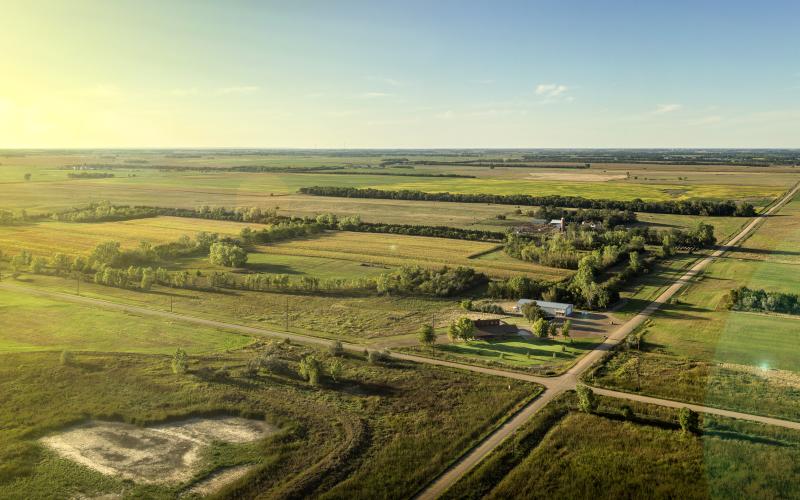
Crops
During the growing season, SDSU Extension provides weekly production recommendations.
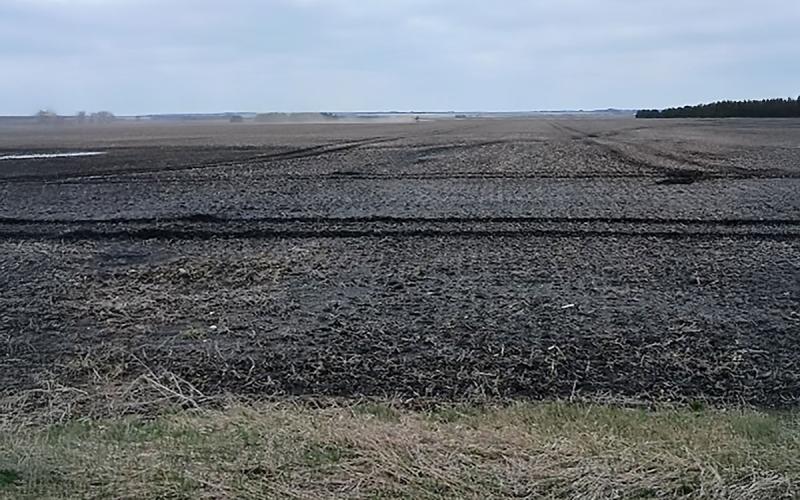
How to Avoid Soil Compaction During Crop Harvest
Soil compaction can degrade soil health and lead to reduced crop yields. Learn some production practices that can implemented during harvest to avoid soil compaction.
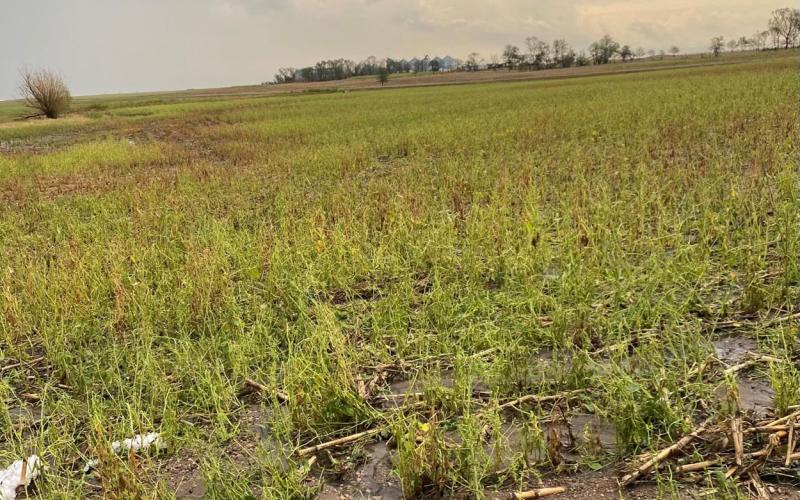
Making Decisions With Hail-Damaged Row Crops
Late-season hail damage can leave growers wondering what to do next. Before deciding what to do with your hail-damaged fields, take some time to consider a variety of management options.

SDSU Extension Silage/Earlage Calculator
The Silage/Earlage Calculator is designed to help corn and livestock producers answer questions regarding the value of standing fields of corn either as grain, silage and earlage.
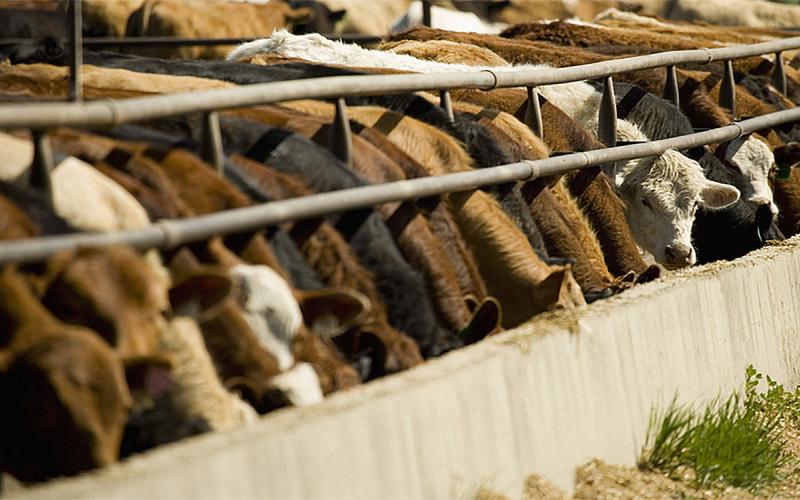
How Much Silage Can I Feed To Finishing Cattle?
What effect does feeding increased amounts of corn silage have on beef cattle performance and system-wide efficiency? See what a set of recent SDSU Extension research experiments found out.

Does Kernel Processing Silage Pay for Growing and Finishing Beef Cattle?
Kernel processing involves passing harvested silage through a set of rollers mounted on the chopper. But does this extra step result in improved efficiency and reduced costs of gain?
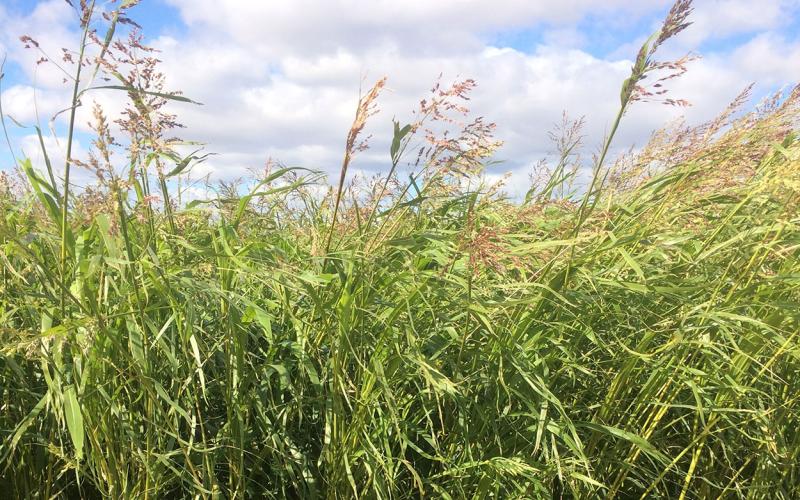
Using Annual Cover Crops and Forages in Lieu of Row Crops
Although there are many factors to take into consideration, annual forages and cover crops can be an excellent tool to mitigate challenging planting seasons.
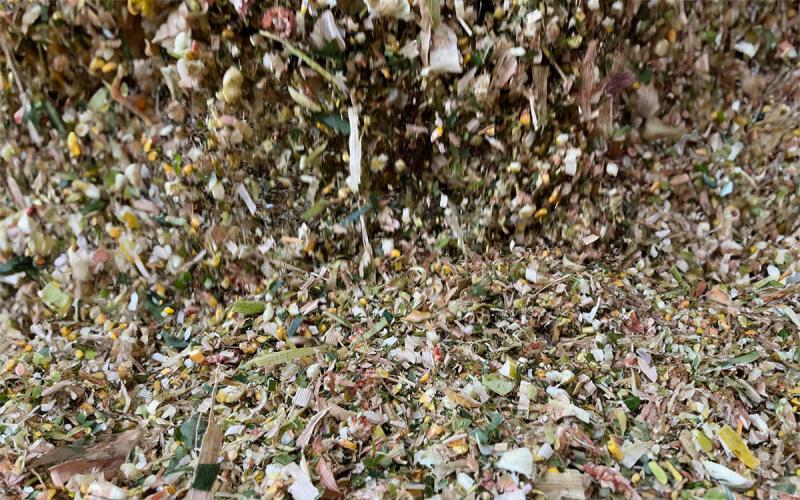
Best Management Practices for Corn Silage Harvest
Ensiling involves many different components to ensure a successful harvest and high-quality, safe feedstuff. Learn some expert tips to consider when chopping and storing corn silage to maximize the value and quality of your harvest.
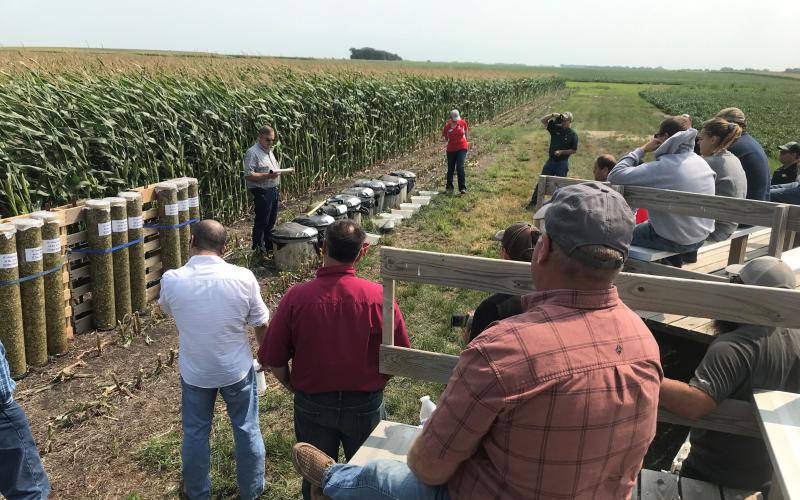
SDSU Extension co-hosting virtual Forage Field Day
August 02, 2024
Forage Field Day brings together experts, producers, and industry professionals to provide panel discussions and presentations on forage-related topics. Originally scheduled to be held in Concord, Nebraska, event organizers moved to a virtual-only event to accommodate a wider audience.
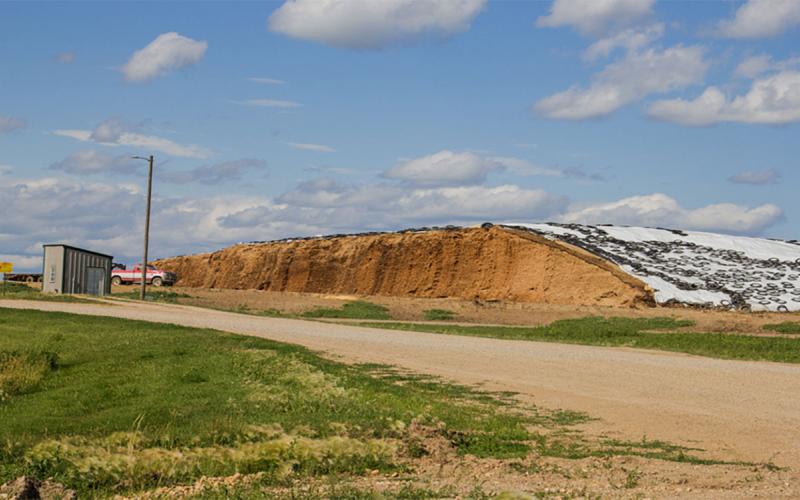
Silage Covering and Harvest Management to Maximize Feed Value
Covering silage piles is critically important to control nutrient loss in silage, but what covering strategies result in the best-quality feed? Learn what a recent SDSU Extension research project found out.